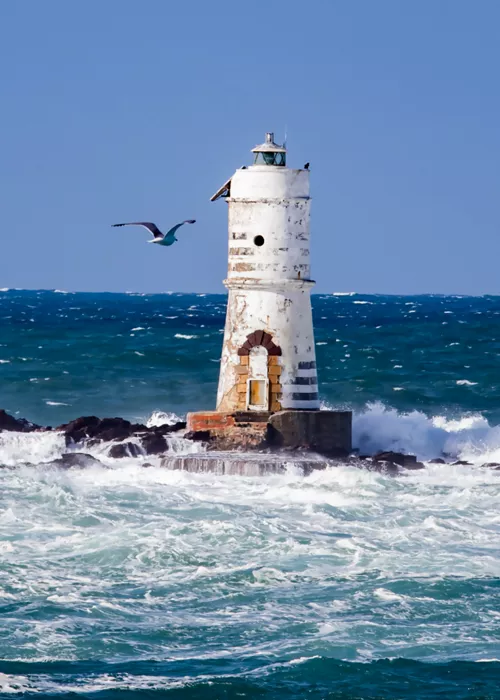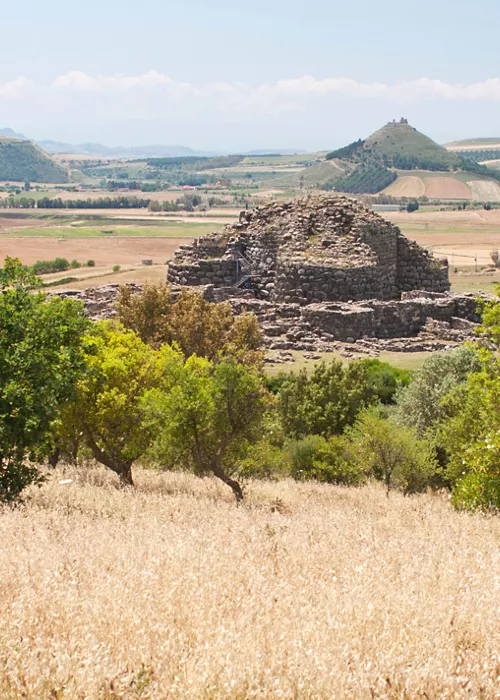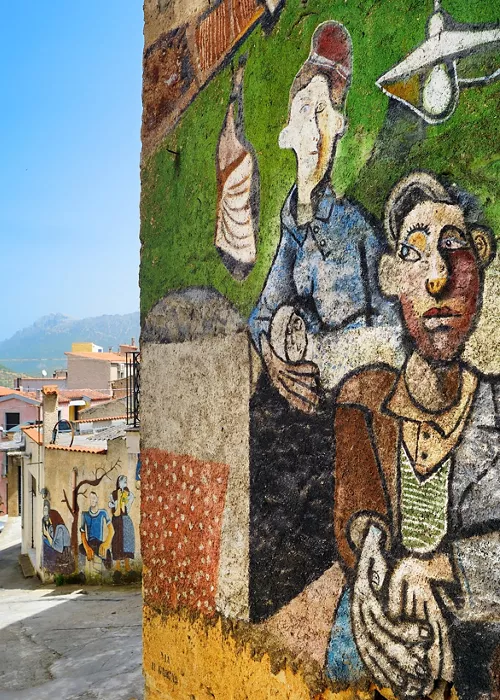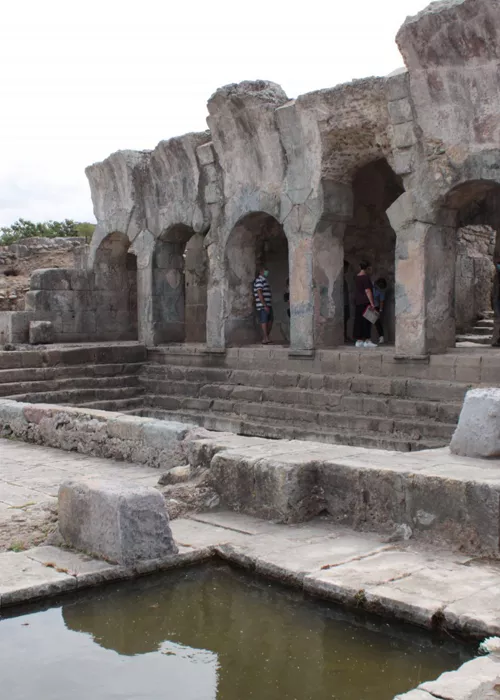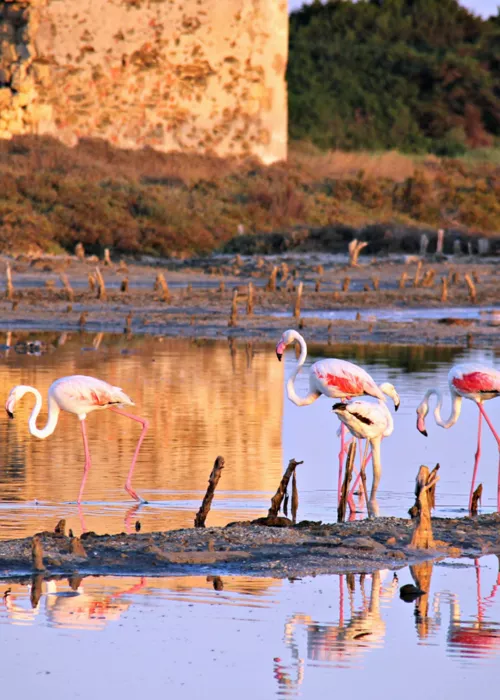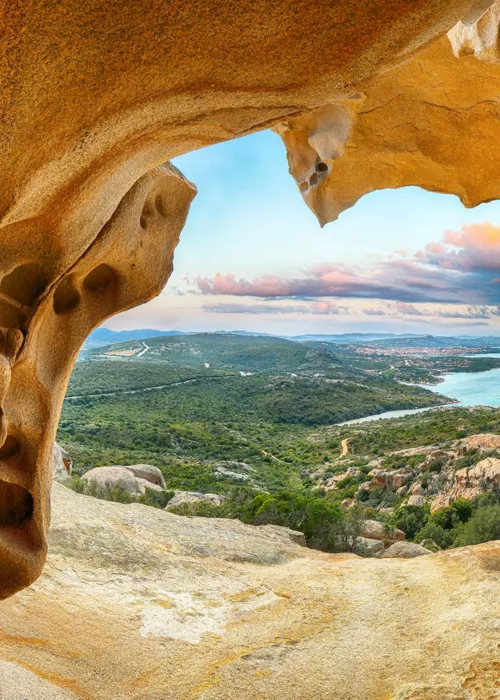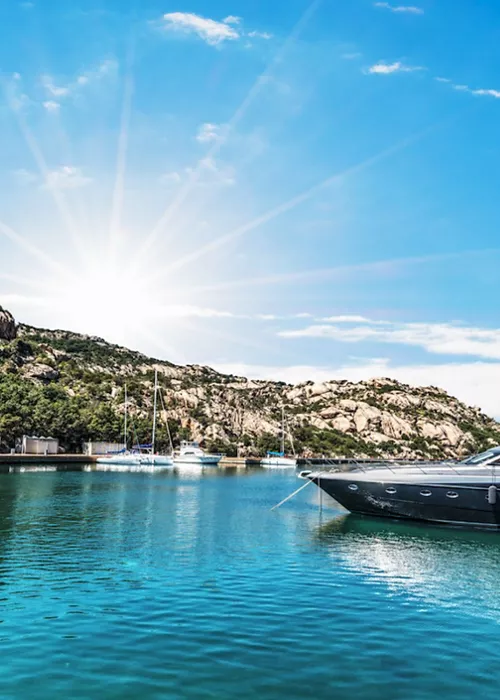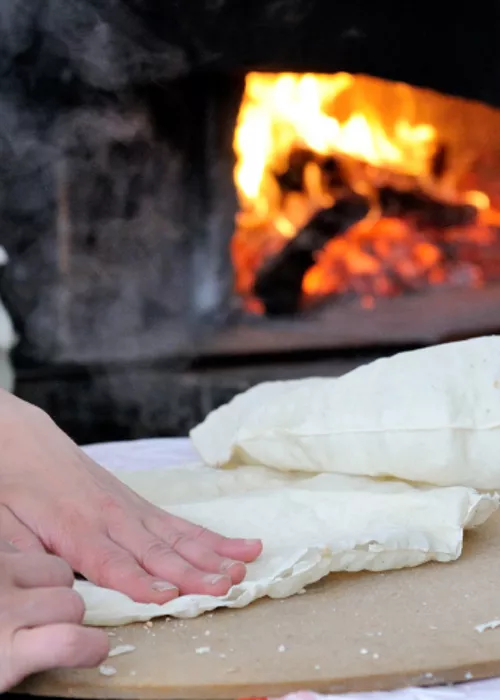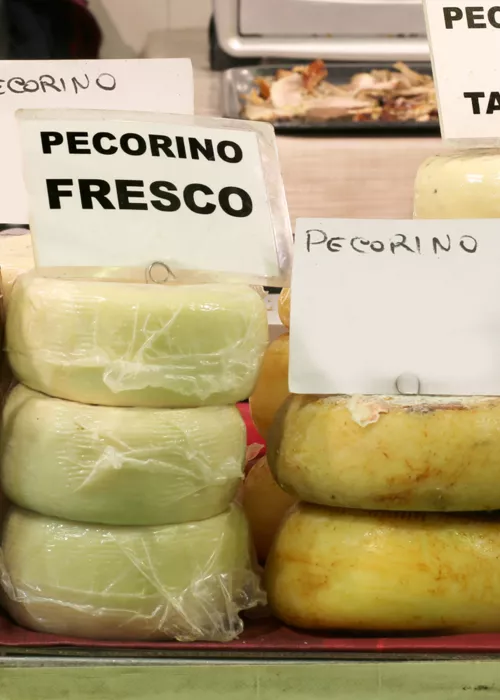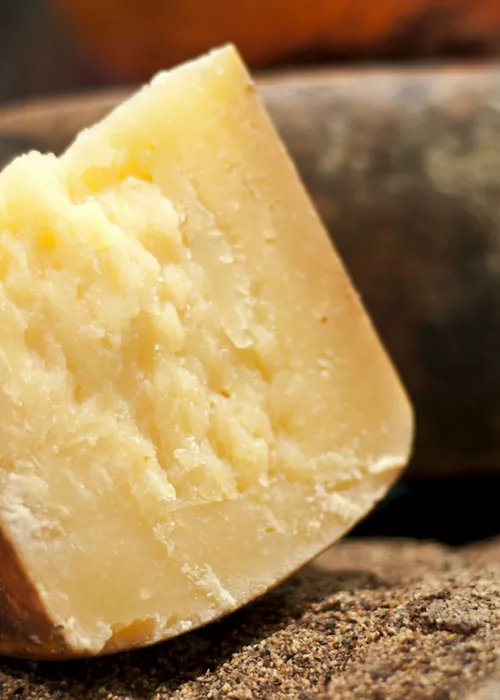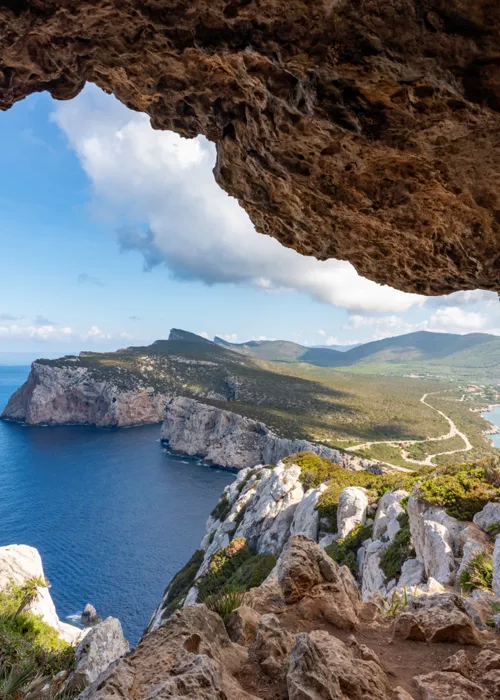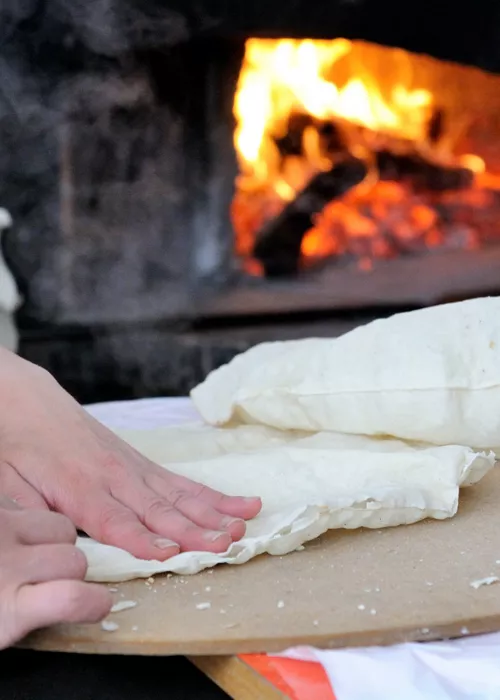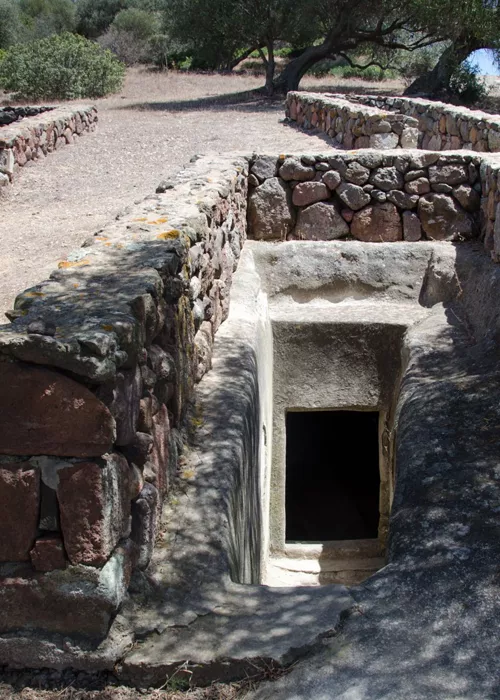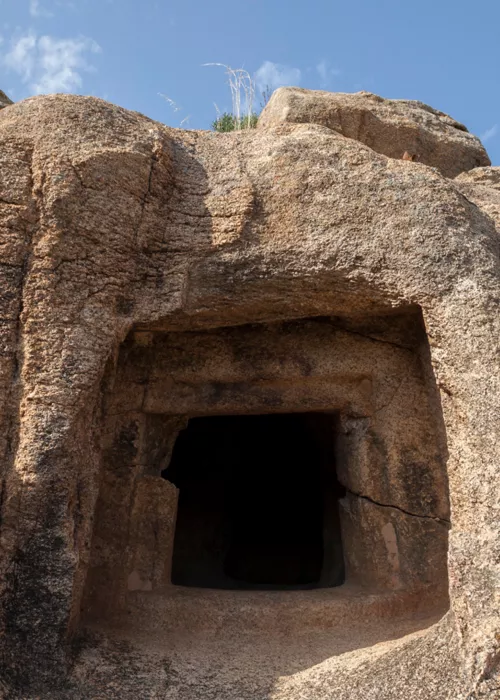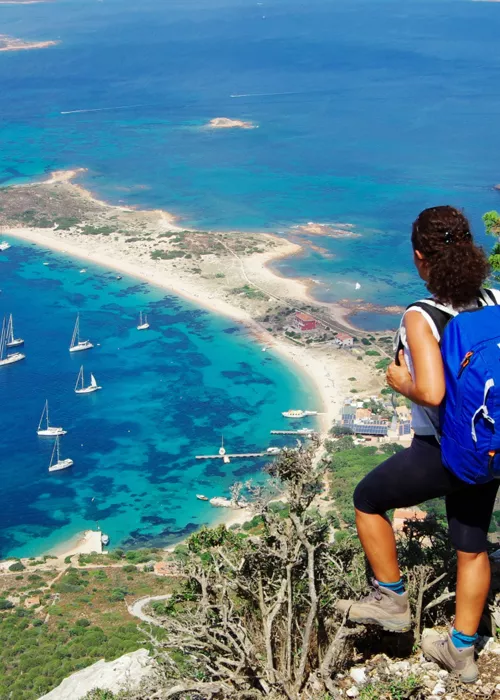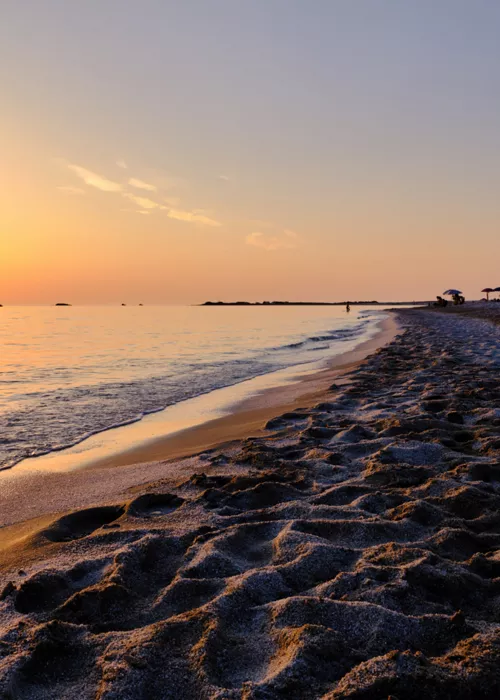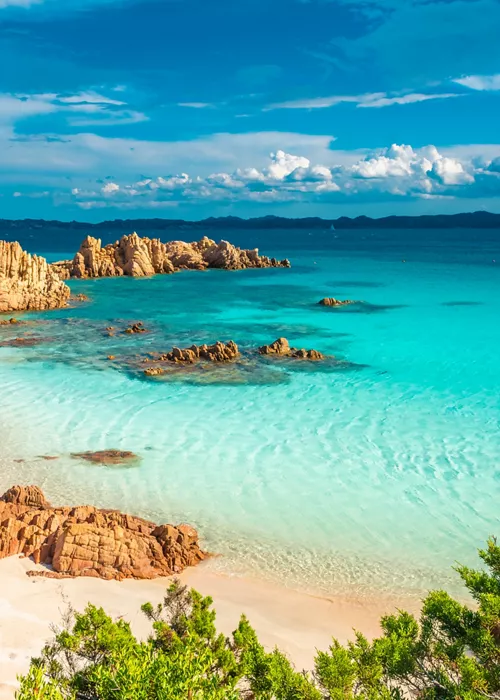Must-See Villages in Nuoro Province of Sardinia
11 minutes

Sardinia’s Nuoro Province is one of most beautiful, but least known areas of areas of Sardinia. To travel here is a journey to the turquoise sea, the nuraghe, millenary traditions and unspoiled nature. Between some of Sardinia’s most beautiful beaches in the Gulf of Orosei and its most savage heart in Barbaria, Nuoro Province offers a little bit of everything that Sardinia has to offer. Spoilt for choice, these are three of the must-see villages when visiting the north eastern part of the island.
Galtellì

Inhabited since the Stone Age, Galtellì is one of Sardinia’s best-preserved villages with a layered history that can be visibly seen, earning Galtellì a place on the list of Italy’s most authentic villages. As I walked Galtellì’s cobbled streets, I felt like I was time traveling. Right in its residential center lies megalithic tombs dating back to 3800 BC, while the numerous churches established during the medieval period radiate out to the edges of the village. It’s a setting rich with both history and beauty, leaving me no doubt why the famed Italian writer Grazia Deledda set her Nobel prize winning novel Canne al Vento (Reeds in the Wind) in Galtellì.
Top 5 things not to miss
- A visit to the Museo Etnografico 'Sa Domo 'e Sos Marras'
- Wine tasting at Cantina Mastio Hofmann
- A walking tour of the historic center of Galtellì
- Hike to the top of Monte Tuttavista
- Kayak at the Biderosa Oasis just 20 minutes away
Located in central eastern Sardinia, Galtellì enjoys a prominent position between the Gulf of Orosei and Monte Tuttavista. The mountain, topped with a bronze statue of Christ the Redeemer, offers the ultimate panorama of two vastly different worlds: on one side the famed beaches and azure sea with which Sardinia has become synonymous, and on the other the colorful lands where grapes grow and sheep graze.
The village has been inhabited since the Stone Age, as evidenced by the hypogeum tombs dating back to 3800 BC located right at the heart of village. The tombs are only just one of many archeological discoveries in the area, and I’m soon invited to climb down into even more ancient tombs dug into the rock through a tiny door by the proprietor of the castle I’m checking in to for my stay in Galtellì.
But its Galtellì’s medieval history that first put the village on the map. It was between the 11th to 13th centuries that Galtellì first became the headquarters of the Curatoria Giudicale, and then a Diocese second in importance in Gallura only to Civita (Olbia). It’s why when you follow the self-guided walking tour of the compact historic center that you find so many churches concentrated in such close proximity.
Ancient archaeological sites and religion aren’t Galtellì’s only claims to fame, though. Grazia Deledda, an Italian author who would become the first Italian woman and second woman ever to win a Nobel Prize for Literature, set her Nobel prize winning novel Canne al Vento in the streets of Galtellì. It’s a point of pride for the village, and interspersed with the numerous churches found in the historic center, the self-guided walking tour is sure to point out specific places of interest from Deledda’s novel.
There’s even a park dedicated to the author on the edge of the village. Parco Deleddiano is set right outside the 9th century Church of San Pietro, which was once the seat of the Bishop of the Diocese of Galtellì.
While the village itself is practically an open-air museum of remarkably preserved medieval architecture, one place to absolutely not miss visiting is the Museo Etnografico Sa Domo ‘e Sos Marras. Set in a restored 18th century villa where one of Galtellì’s most prominent noble families once lived, the museum has an impressive collection of objects portraying life in 18th-century Galtellì. There’s a loom made of juniper wood used to weave the traditional rugs of the area, a bread oven and all the tools necessary to make the ancient flatbread Carasau, and even the traditional costumes unique to and worn by Galtellì villagers.
I think it’s also important to remember that these places aren’t only open-air museums for visitors like myself to marvel at. People very much still call Galtellì home today. And spending time with 3rd generation owner and wine maker Michele Mastìo as I toured his vineyards and new, modern tasting room were a reminder of that.
Cantine Mastìo Hofmann’s vineyards slope down the hillside overlooking Galtellì. The flock of grazing sheep provide a chorus of bells in the otherwise silent countryside surrounding Galtellì. It was Michele’s grandfather who planted these vines, and now it is Michele who tends them and produces a range of delicious Sardinian wines.
Back at the cantina in the village, I taste the wines with a platter of Sardinian cured meats and aromatic local cheeses while chatting with Michele and his daughter. Michele’s wife is hard at work in the cellar. It’s harvest time, and they offer me a glass of just pressed-that-morning Cannonau grape juice. It’s a cloudy pink like the color of watermelon juice since the skins haven’t yet had time to color the wine into the deep shades of maroon we’re accustomed to red wine being. A glass of Vermentino only partially in fermentation follows straight from the stainless-steel vats.
It’s a relaxed evening in the cantina as I try Mastìo Hofmann’s full range of wines, plus a special glass of aged Vermentino from Michele’s private collection.
As I sit sipping a cappuccino and savoring a cream-filled cornetto at the local bar the next morning, I can see the towering Monte Tuttavista standing watch over the village from my table. Surrounded by so my green, it’s easy to forget that the sea is so close. Just 10 kilometers from Galtellì is the Gulf of Orosei, and the villagers have told me it’s one of the must-see places when staying in Galtellì.
Specifically, my destination is the Oasi Bidderosa in the northern part of the Gulf of Orosei. And an oasis it is by every definition of the word. Access by car is strictly limited from May to October, so as to preserve the quiet and nature of this place.
Oasi Bidderosa is actually five dreamy coves, two ponds, a pine forest and a fruit and olive farm all located inside 860 hectares of protected parkland. Some of Sardinia’s most beautiful beaches are located here, and the warm early Autumn day is inviting a dip in the sea. My dog, Coco, is enjoying the dog-friendly beaches in the Oasi Bidderosa with some fetch on the beach.
There are a number of ways to explore Oasi Bidderosa beyond just some beach time. Options include active adventures from hiking the trails to the sandy coves to a guided jeep tour with birdwatching stops, but I chose a guided sunset kayaking tour on the Curcurica Pond.
Curcurica Pond is the largest of the two ponds in Oasi Bidderosa. The pond has its own coves with sandy beaches and winding rivers flowing in to it where you can observe some of the birdlife Oasi Bidderosa is a haven for. The two-hour kayaking tour is perfect for exploring some of the gems of the pond, and we made several stops at coves during the tour. And just when you think it can’t possibly be more beautiful, the sun set paints the sky in the most stunning shades of pink and orange as you make your way out to sea via the Canale Stagno di Sa Curcurica connecting the pond and sea.
Galtellì: Useful Information
Best time to visit: Galtellì is at its most lively from July to September when the village has a calendar packed with events including sports events, musicals, theater performances and local food and wine festivals. Visiting in Sardinia’s shoulder season months of May or October brings a bit quieter of an experience, but perfect temperatures for exploring Galtellì’s natural wonders like hiking Monte Tuttavista.
How to get there: The closest city is Olbia, located just 1-hour drive from Galtellì. While it is best to explore Sardinia with a car, Galtellì can be reached by bus from Olbia.
Posada

Posada is one of the oldest villages of Sardinia, inhabited since at least the Neolithic period from around 4500 BC. Archaeological findings through the Etruscan-Italic, Roman, and Middle Ages indicate Posada was continuously inhabited despite many invasions and plagues. Situated atop a rising hill like a watchman over the surrounding plains, it’s no wonder Posada was continually sought after for its strategic position. Though its history is a lengthy one of battles for the hilltop village, these days it is a sleepy paradise set in the Regional Natural Park of the Tepilora Oasis, a UNESCO Biosphere Reserve.
Top 5 things not to miss
- A visit to Castello della Fava
- A walk around historic Posada, one of the most beautiful villages in Italy
- Try the local desserts unique to Posada
- Sample the local seafood
- Kayak on the Rio Posada
As I drove toward Posada from Olbia, I saw a hilltop town suddenly come in to view. Colorful houses seemingly spilled down the only hillside in an otherwise flat plain. Crowned with a crumbling castle and an unmistakable tower, I thought that sure is a beautiful town. I hadn’t yet realized it was my destination. Imagine my excitement once I did.
Officially, Posada is one of I Borghi Più Belli di Italia – one of the 329 villages to earn the distinction of ‘Most Beautiful Villages of Italy’. The name Posada, or Pasada in the local Sardinia dialect, means “to rest, to stop”. And Posada is one of those places that even if it wasn’t my intended destination, it beckons you like a Siren call to come have a look.
The historic center of Posada is pedestrianized, and a walk through the narrow streets is a must. Take the time to get lost on Posada’s maze of ancient flowery alleyways, because just about every turn is a new postcard perfect scene.
The steep streets alternated with arches and staircases eventually lead to the Castello della Fava, which was built in the 12th century. Though Posada was much sought after, the castle was likely never built as a defensive castle. Instead, it’s thought it was a holiday home for aristocracy including the giudicessa Eleonora d'Arborea herself and served as the seat of the Judges of Gallura.
Ironically, an attempted siege was how the castle earned its name though. As the local legend goes, a Saracen army was besieging the village. Their strategy was to camp out on the beaches beneath Posada and exhaust the inhabitants until they ran out of food. The Saracens had no idea how dire the situation was in Posada.
The villagers knew the castle was not built to defend their village, and began to panic. One village had the idea to feed some of the last of their broad beans (fava in Italian) to a pigeon, slightly injure it and send it flying over the Saracen camp. The pigeon fell on to the camp, and the Saracens were intrigued by the pigeon’s swollen belly. They opened the bird to find the broad beans and concluded the villagers had such an abundance of food that they would never surrender.
The Saracen army packed up and left, and the villagers celebrated for days. The castle was then called Castello della Fava, or Castle of the Broad Beans.
Today the castle is mostly in ruins, though the tower remains standing in all its glory. Visitors can climb the tower and enjoy a spectacular panoramic view over the nature reserve with the snaking Rio Posada and sandbar swirled sea, making it a must-see when visiting Posada.
Posada: Useful Information
Best time to visit: Posada enjoys a temperate climate and can be visited year-round. To enjoy the beaches near Posada, some of which have earned the highest number of sails in the prestigious ‘Most Beautiful Sea' guide by Legambiente, I recommend visiting anytime between May to October. Mid-September to mid-October is a perfect time to visit when temperatures are still warm and the sea is warm.
How to get there: The closest city and airport is Olbia, located just a 30-minute drive from Posada. While it is best to explore Sardinia with a car, Posada can be easily reached by bus from Olbia in just over 1 hour.
Orgosolo

Located in the mountainous heart of Sardinia, Orgosolo is a hilltop village walled in on two sides by climbing cliffs that has long been hard to reach. The arrival of roads, and obviously, the Fiat Panda opened up Orgosolo to life beyond shepherding. But before that, its inaccessible location earned Orgosolo a reputation for being a haven for outlaws and bandits. The village even inspired Italian filmmaker Vittorio De Seta to make the film Banditi a Orgosolo (Bandits of Orgosolo) in 1960.
Top 5 things not to miss
- A walking tour of the murals of Orgosolo
- Visit the Museo Etnografico Sa Dommo e Sos Corraine
- Visit the Laboratorio "Tramas de Sedas" di Maria Corda to see a demonstration of weaving Orgosolo silk
- Take a guided 4x4 tour and hike in Gorropu Canyon
- Try the Maharrones, a local pasta
As my husband I climbed the switchback road up to the hilltop village of Orgosolo, the first murals came in to sight. At first, scenes of traditional shepherd life were painted on massive boulders. Then more appeared on buildings.
The more than 150 street art murals are the star attraction of Orgosolo. And though the town has been inhabited since prehistoric times as evidenced by nearby Nuraghe like in much of Sardinia, it’s a much more modern history that we’ve come here to see. The story of the Pratobello Revolution of 1969 quite literally written – or I should say painted – on the walls.
In May of 1969, the Italian government posted up notices throughout the town that the shepherds should move their flocks elsewhere. The Italian military planned to create a shooting range on common land used by local shepherds. In June 1969, more than 3000 of Orgosolo’s citizens decided to start a non-violent protest. After only a few days, the Italian military gave up the idea and withdrew from the area. Not long after the anarchist theater group from Milan, called Dioniso, decided to immortalize the revolution with a mural painting.
From 1969 to 1975, the mural signed by Dioniso was the only one in Orgosolo. But then in 1975, a teacher in Orgosolo decided to create a campaign to raise awareness for the 30th anniversary of the Partisan Struggle and Liberation from Nazi-Fascist Oppression. Professor Francesco De Casino and his students initially created their artworks on paper, but soon the entire village was involved in creating the murals on balconies, rolladens and even entire walls of buildings.
I pick up an audio guide and map of the murals from a little kiosk on the main square. It’s really a clever idea, and the audio guide is soon telling a brief story of each of the murals. Most of the 150+ murals present still today line the main street of Orgosolo, and it takes around 90 minutes to complete the walking tour.
We take our time strolling through Orgosolo. We stop for a cappuccino while listening to the audio guide for the murals surrounding us. While many of the murals depict the traditional way of life of the shepherds or the citizens political views of the Nazi-Fascist oppression, there are a number of more modern murals that have been added in recent years. In particular, the Twin Towers on fire before they came crashing to the ground on that fateful day in September 2001 catches our attention.
We reach the end of the tour, bringing us to the very first mural signed by Dioniso, just as the rain starts to fall. It’s a good time to head inside for lunch, and a bowl of the traditional Maharonnes (a type of pasta from this mountainous area of Sardinia that is rolled by hand) with local sausage ragu hits the spot.
Orgosolo: Useful Information
Best time to visit: Orgosolo can be visited year-round, though visitors should keep in mind that it does snow here usually in December. The winding and narrow mountain road to reach Orgosolo may be more difficult to navigate in winter conditions.
How to get there: The closest city is Nuoro, located just a 30-minute drive from Orgosolo. The nearest airport is Olbia, around 1 hour 30-minute drive from Orgosolo. While it is best to explore Sardinia with a car, Orgosolo can be reached by bus from Nuoro in 30 minutes.
Article written about the experience of Jennifer Dombrowski - Luxe Adventure Traveler.


